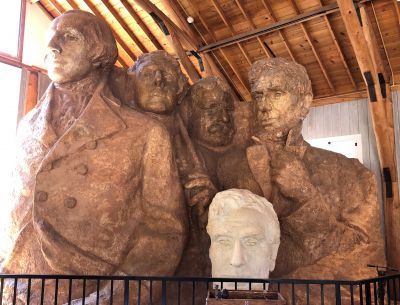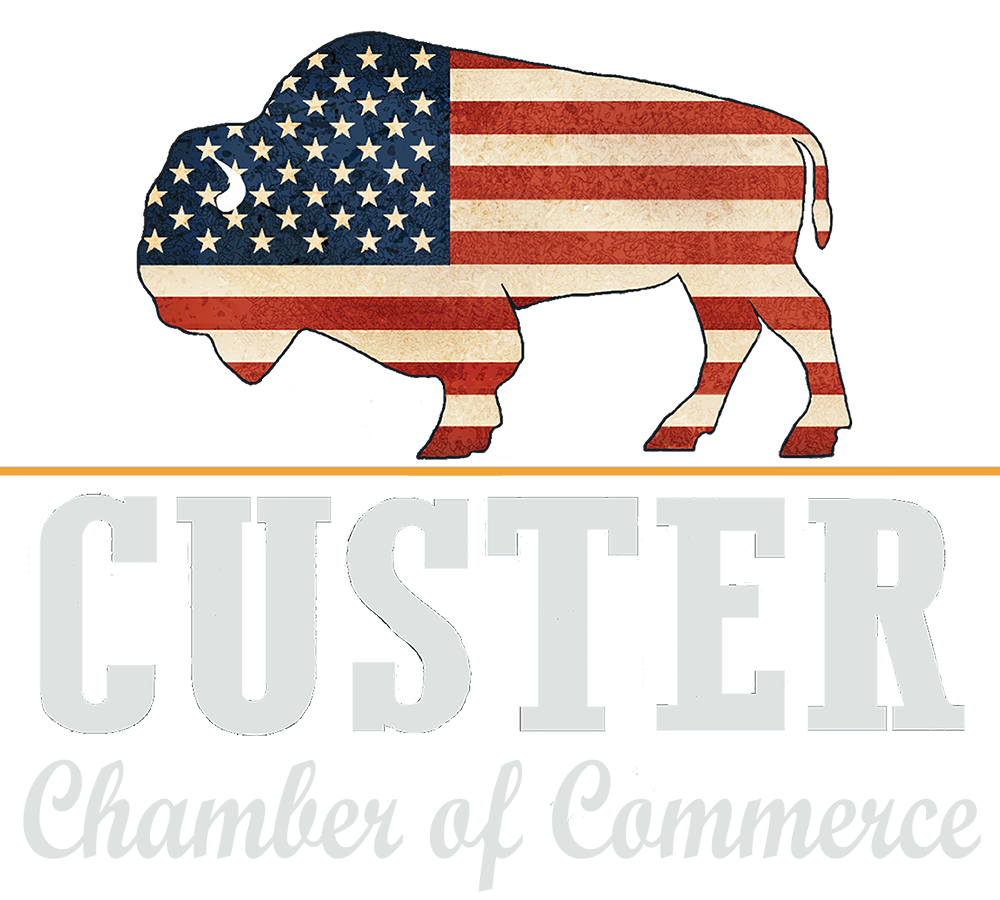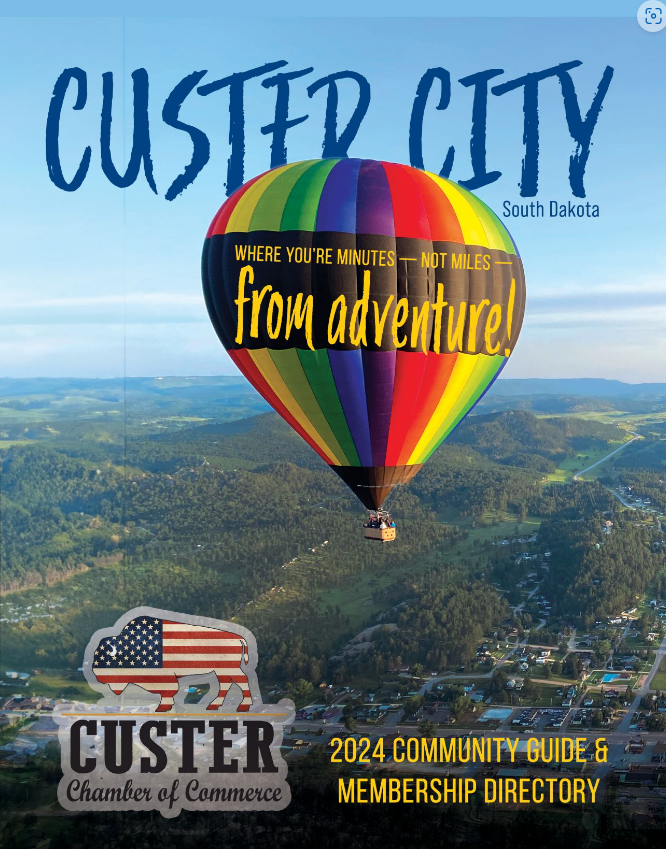| The History of Mount Rushmore October 26, 2020 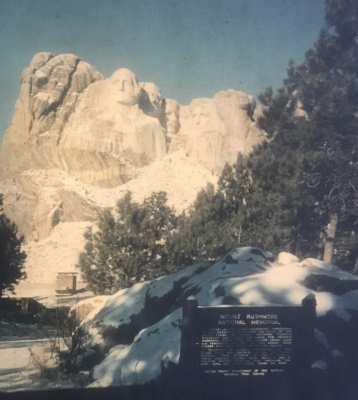 Doane Robinson had “an idea as bold, brilliant, beautiful, and as fragile as a rainbow in the western sky” that somewhere in the vicinity of the Needles, in the Black Hills of South Dakota, a monument of gigantic proportions could be carved, perhaps the likenesses of Lewis and Clark, Red Cloud, John C. Fremont, or other great heroes of western history. He felt that such an attraction would bring thousands of tourists to the area and give a much-needed boost to South Dakota’s economy. | BRIDGES OF CUSTER COUNTY March 27, 2024 Groundhog Day! Written by Andrea Spaans February 1, 2024  Plan for Vacation Day Written by National Day Calendar January 29, 2024 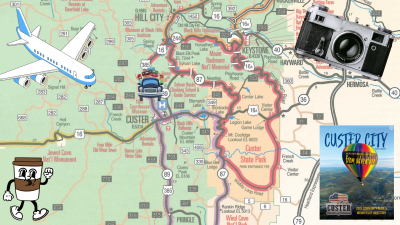 Christmas Lights December 20, 2023 Holidays in the Hills November 22, 2023 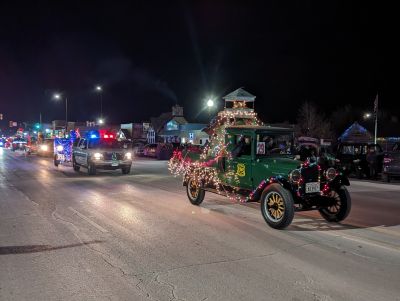 |

|
||||
|
|
||||

